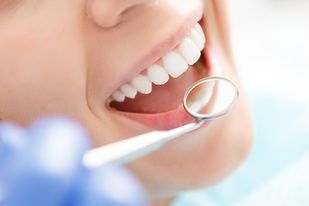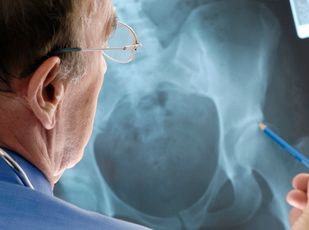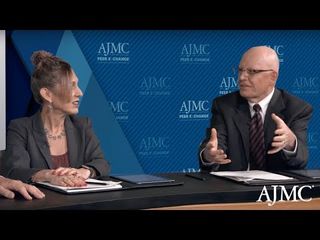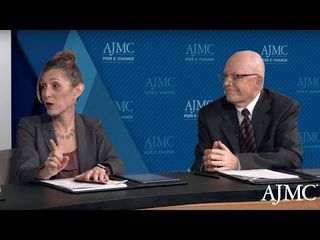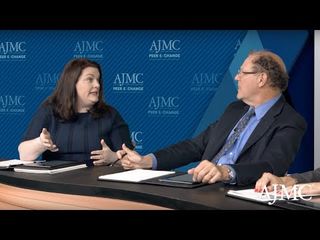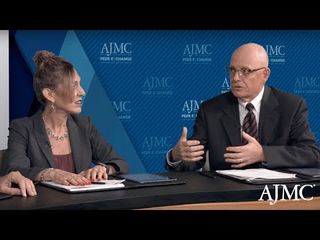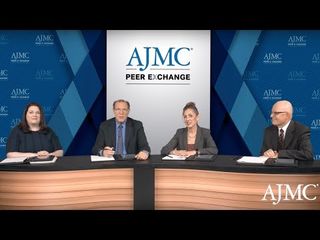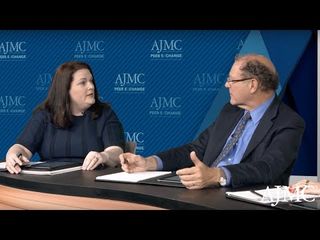
Bone Health
Latest News
Latest Videos
CME Content
More News
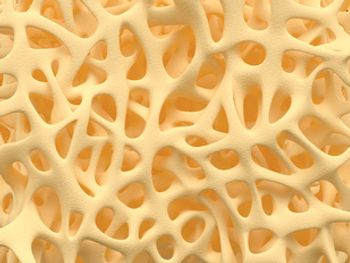
Ultrasound can be a cost-effective alternative to dual-energy x-ray absorptiometry, which is considered the gold standard for assessing bone health but has limited use due to the the cost, size, and technical needs required to operate the machine.

The addition of denosumab to aromatase therapy results in a significant reduction in clinical fractures and yields benefits for disease-free survival in postmenopausal women with hormone receptor–positive, early-stage breast cancer.
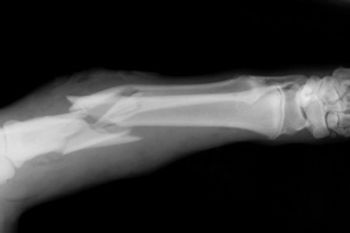
When breast cancer spreads, it often goes to the bones, and new research has found that exposure to dim light at night may contribute to this spread. Results from the animal study were presented at ENDO 2019, the annual meeting of the Endocrine Society.
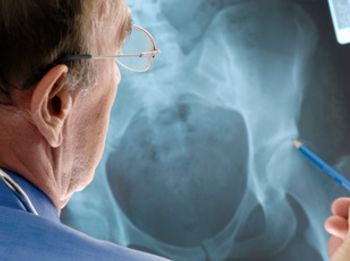
Incidence of nonvertebral fractures significantly decreased as T-scores improved during treatment with denosumab for osteoporosis.

Study data revealed that 55% of women over age 70 are at risk of fragility fractures, but 75% of these women are not treated for osteoporosis.

FDA has approved a monoclonal antibody to treat postmenopausal women who have a higher risk of bone fracture.
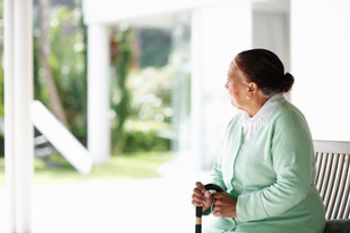
Older men are less likely than older women to have their bone mineral density measured and be prescribed treatment for osteoporosis.

Which risk factors of osteoporosis can be modified, and which cannot? With osteoporosis causing more than 9 million fractures globally, understanding how to prevent it can reduce this growing threat to a rapidly aging population, researchers recently reported.
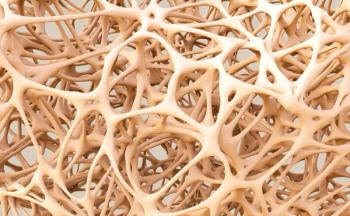
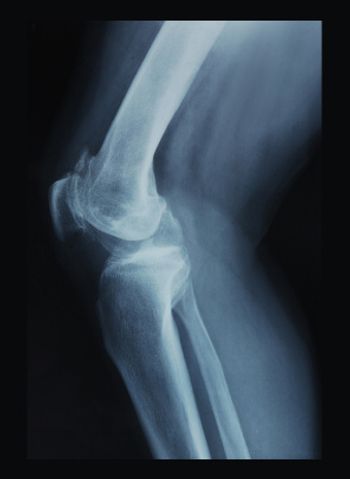
A recent review of calcium supplementation suggests that the supplements should be prescribed with caution, accounting for individual risks and benefits.
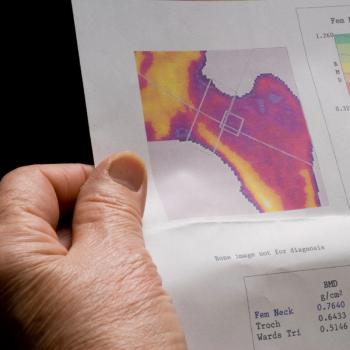
A working group of osteoporosis experts established recommendations for the design and conduct of economic evaluations in osteoporosis, as well as guidance for reporting these evaluations. The group also created a set of minimum criteria for evaluations and an osteoporosis-specific checklist of items to incorporate in economic reports.
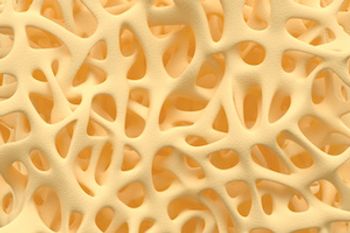
Current screening for women between ages 50 and 64 for osteoporosis needs improvement, according to a recent comparison of treatment and screening strategies from different organizations in the United States and Canada.
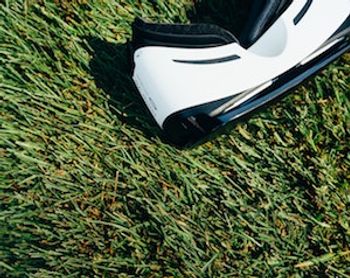
Can virtual reality help prevent falls in elderly patients? A small study suggests that it can.
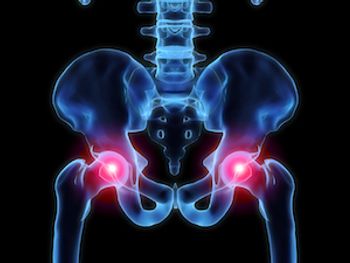
The use of osteoporosis medication for 12 months reduced the risk of fractures and decreased medical costs in elderly female Medicare beneficiaries with osteoporosis, according to the results of a recent study.

Despite the fact that osteoporosis is a growing public health problem in the United States and worldwide, there is poor adherence to medications to treat the problem. A recent study published in Osteoporosis International identified the factors that influence patient adherence to therapy, many of which are modifiable.

A population-based study in Taiwan examined whether or not vitamin D or bisphosphonates affect the risk of atrial fibrillation (AF) in postmenopausal women with osteoporosis.
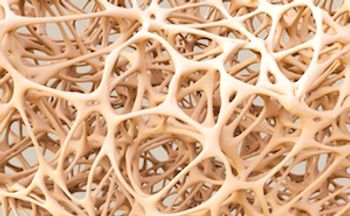
No significant differences in bone mineral density (BMD) were observed between patients with differentiated thyroid carcinoma (DTC) who received thyroid-stimulating hormone suppression (TSHS) and those who did not, according to a recent study.

A widely used probiotic, Lactobacillus rhamnosus GG (LGG), stimulated bone formation in mice, according to a recent study.

Patients with transfusion-dependent thalassemia (TDT) and osteoporosis who were treated with denosumab had greater increases in bone mineral density in the femoral neck and lumbar spine, as well as lower pain scores and bone resorption biomarkers, compared with placebo, according to the results of a phase 2b trial.
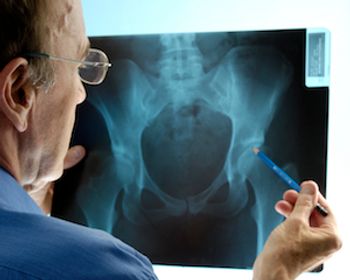
A recent review of alendronate for the treatment of glucocorticoid-induced osteoporosis (GIO) found that it significantly increased bone mineral density of the lumbar spine and femoral neck in patients with GIO, but does not appear to reduce the risk of fractures.

Nonalcoholic fatty liver disease (NAFLD) has many identifiable risk factors and inflammatory biomarkers that are linked to osteoporosis, according to the results of a recent review.

Calcaneal quantitative ultrasound (QUS) has comparable diagnostic accuracy as dual-energy x-ray absorptiometry (DXA), the gold standard for diagnosing osteoporosis. Although it cannot replace DXA for diagnosing osteoporosis, it can be used as an effective prescreening tool prior to a DXA scan, researchers said it a recent study comparing the performance of the 2 screening methods.
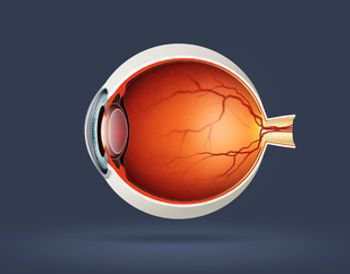
A recent study from Taiwan found that having cataracts was independently associated with increased risks of osteoporosis and fracture, and there also might be an association between cataract surgery and lower risks of osteoporosis and fracture.

Researchers aimed to compare the clinical effectiveness of oral anti-osteoporosis drugs based on the observed risk of fracture while receiving treatment through primary care in the United Kingdom and Spain.
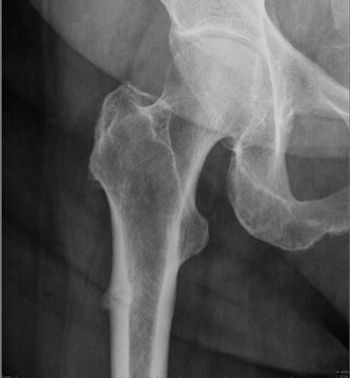
Postoperative and preoperative start of low molecular weight heparin (LMWH) does not change the outcome of mortality or risk of reoperation in patients with hip fractures treated with osteosynthesis, according to a recent study.




